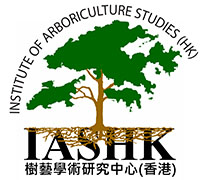insect that burrows between the leaf lamina.
A leaf miner is any one of numerous species of insects in which the larval stage lives in, and eats, the leaf tissue of plants. The vast majority of leaf-mining insects are moths (Lepidoptera), sawflies (Symphyta, the mother clade of wasps), and flies (Diptera). Some beetles also exhibit this behavior.





Like woodboring beetles, leaf miners are protected from many predators and plant defenses by feeding within the tissues of the leaves, selectively eating only the layers that have the least amount of cellulose. When attacking Quercus robur (English oak), they also selectively feed on tissues containing lower levels of tannin, a deterrent chemical produced in great abundance by the tree.
The pattern of the feeding tunnel and the layer of the leaf being mined is often diagnostic of the insect responsible, sometimes even to species level. The mine often contains frass, or droppings, and the pattern of frass deposition, mine shape, and host plant identity are useful to determine the species and instar of the leaf miner. Some mining insects feed in other parts of a plant, such as the surface of a fruit or the petal of a flower.
It has been suggested that some patterns of leaf variegation may be part of a defensive strategy employed by plants to deceive adult leaf miners into thinking that a leaf has already been preyed upon.
